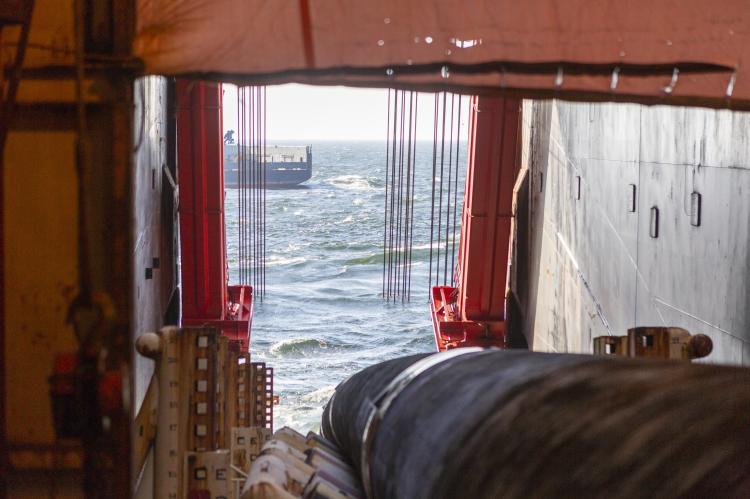Challenges of a Large Offshore Project from a Line Pipe Manufacturers View

The Nord Stream 2 pipeline will transport natural gas into the European Union (EU) to enhance the security of supply, support climate goals and strengthen the internal energy market. Running through the Baltic Sea, Nord Stream 2 will deliver natural gas directly from some of the world’s largest known reserves in Russia to the neighbouring EU gas market. The pipeline route starts in Narva Bay (Russia) and travels to a planned landfall close to Lubmin (Germany). Construction of the pipeline is scheduled to commence in 2018, before the pipeline system is commissioned in late 2019.
EUROPIPE was contracted to deliver 1101,5 km of 48 in. dia. line pipe with a wall thickness of 26.8 mm, and 20 km of 48 in. dia. line pipe with a wall thickness of 34.6 mm, including a three layer polyethylene anti-corrosion coating. Along with the delivery of line pipe, EUROPIPE received an order for the production of 95 buckle arrestors and transition pieces with a wall thickness of 34.6 mm, as well as the induction bends for the landfalls in Germany and Russia.
This paper will outline the challenges that EUROPIPE has faced when manufacturing pipe for use on the Nord Stream 2 project maintaining the tough time schedule and stringent quality requirements.
